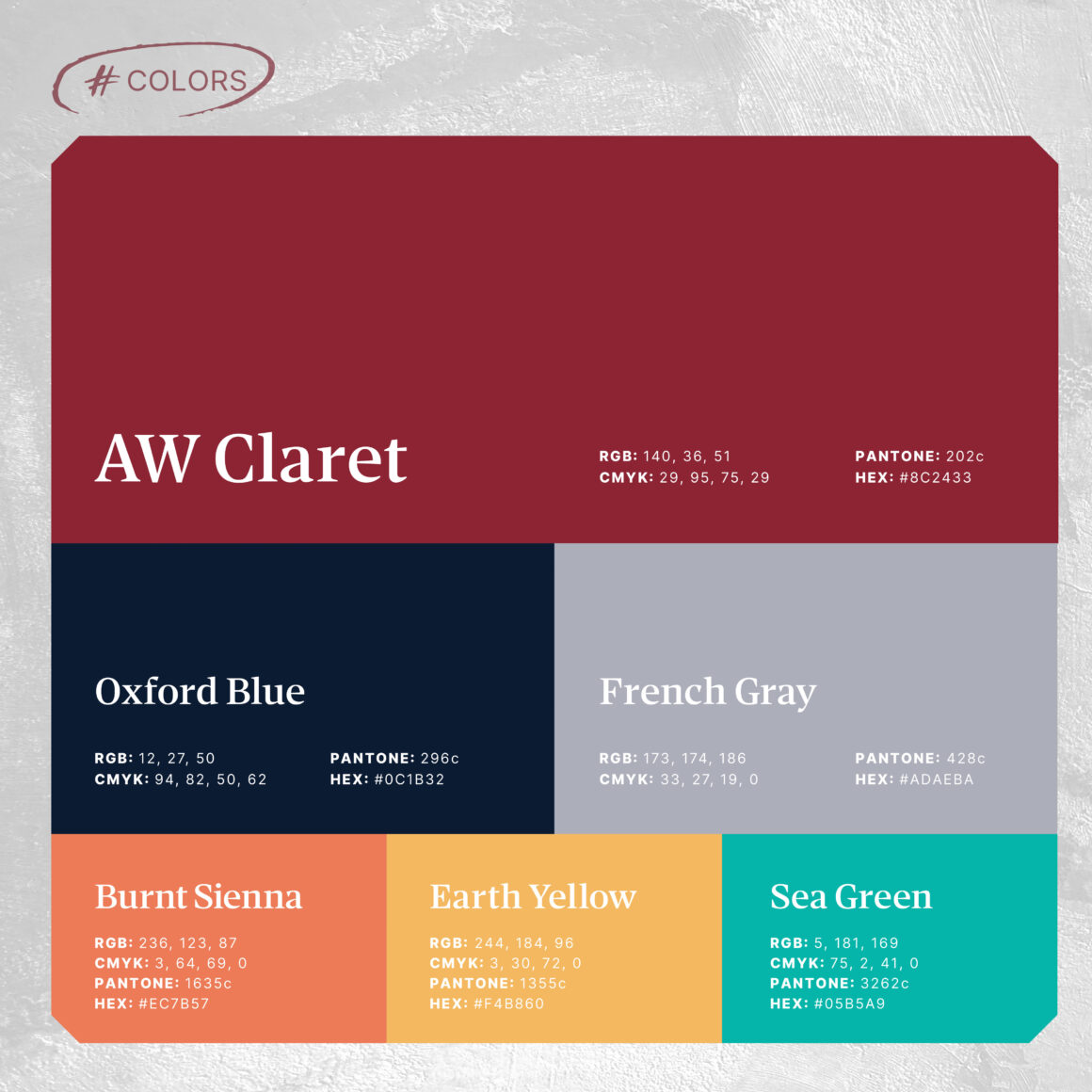
If you’ve been keeping an eye on our social media pages, you may have noticed a few changes. We’ve infused some personality into our typefaces. Some colors have been added to our palette—and some have been retired. While those are the more apparent changes, we’ve implemented more subtle shifts that you’ll notice if you keep up with us going forward. What you’ve seen is an ArachnidWorks brand refresh, implemented to reflect not just our internal culture, but a commitment to our clients.
This was a necessary and exciting step for us to take, and it could likely work wonders for your business, as well. But why? What purpose does a refresh really serve? Let’s dive in.
What Is a Brand Refresh?
Before we go over the “why,” we need to explain the “what.” What is branding, and how does a refresh fit into it? Many people are familiar with a rebrand, in which the look and presence of a company gets a massive overhaul—Think Sierra Mist rebranding to Starry or Twitter changing to X. Refreshes those were not. What we’re talking about today is less of an overhaul and more of a, well, refresh—an update that incorporates small yet noticeable changes to a brand’s identity.
Take our color palette, for instance. The “AW Claret” color—which most people probably just call “maroon”—is still the star, but we’ve made a few updates to other colors. The green secondary color is a thing of the past, and we’ve added Burnt Sienna, Earth Yellow, and Sea Green.

There’s been a similar shift in our typefaces. Our previous fonts were appealing, but safe. We wanted to add more personality to them without sacrificing readability, and we think the new ones achieve that perfectly! Our headline font stands out more and our body copy offers a nice, sleek look. And, because we like to have a little fun, we’ve added a decorative font! You’ll see it make small but noticeable appearances in our ads and social media graphics.

Those are just examples of our biggest changes. A refresh entails fine-tuning of various elements that help you keep up with the latest trends and remain relevant. It could mean making tweaks to your logo, taglines, or general tone.
Signs It’s Time for a Brand Refresh
Okay, now that you know what a refresh is, it’s time to decide whether you should take the plunge. If you’re having trouble deciding, consider the following key factors. Is your brand suffering from any of these?
- Outdated Design Elements: Do your logo, fonts, and color scheme remind you of the 80s, 90s, or any other decade of the past? That may scratch a small nostalgic itch, but it’s doing you no favors in keeping up with your audience.
- Misalignment with Business Goals: Ask yourself if your brand truly reflects the services you offer or your mission and growth goals. If not, consider that refresh!
- Lack of Emotional Connection: If your target audience is showing waning interest, it may be due to a lack of emotional connection. You need to offer them something meaningful!
- Decreased Engagement or Recognition: If you’ve seen dips in engagement across multiple platforms—social media, website, or even in your physical place of business—stagnation is likely a factor. People like new stuff and innovation. Time to give it to them!
Benefits of a Brand Refresh
Knowing the signs to recognize is only part of the process. No smart business person makes a decision without knowing what they can expect out of it, so let’s take a look at the benefits. Before we do, though, know that it’s not a magical solution to waning sales. It’s an investment in building a relationship with your customers, and that doesn’t happen overnight. With that in mind, here’s what a refresh can do for you!
- Improved Visibility and Recognition: When your brand is fresh and gives off those modern vibes, it can attract the right kind of attention in a crowded marketplace.
- Increased Customer Trust and Loyalty: Credibility is a huge factor in the way customers view you. People notice typos and messy ads more frequently than you may think, and having a solid brand keeps your messaging consistent and clean. It tells your customers that you care about getting it right, and that you mean business.
- Enhanced Ability to Target New Markets: As time goes on, new demographics will emerge, which means they could be your customers … with the right tactics. A brand update can let them know that you’re a business to watch.
- Renewed Excitement Internally and Externally: Customers and team members alike will feel energized by a refreshed brand. Trust us. We just went through the process, and it got everyone on the team excited!
Steps to Refresh Your Brand
We’ve outlined the things that are often included in a brand refresh, but making changes with reckless abandon can be a recipe for failure. A refresh requires a thoughtful, strategic approach. Here’s what you can do to implement is effectively:
- Start by assessing the current state of your brand. What’s working and what isn’t? Take into account customer feedback, industry trends, and the branding and marketing of your competitors. You want your refresh to outshine them!
- Many efforts that involve change are anchored by a set of clear goals, and a refresh for your brand is no different. Create a list of goals, be it targeting a new audience, achieving a more modern look, or refining your messaging. They’ll help you stay focused in planning this update!
- We know this whole process is a big undertaking, and you can’t exactly halt operations to focus on it. Luckily, our team is more than capable of planning your refresh and letting you stay focused on your business!
- Have a launch plan! Knowing what your refresh will entail is important, but equally crucial is how you roll it all out. Thoughtfully implement website updates, social media announcements, and marketing materials. When you cover all your major bases, you can maximize the impact of this important update to your business.
We Can Help!
Luckily for you, we specialize in branding and marketing solutions that will help you stay relevant. Side thought: Is there a marketing-specific phrase for “keeping up with the Joneses?” In any case, our branding experts can effectively guide you through all the steps involved in this process—from brand evaluation and pain-point identification to planning and rollouts.
We’ve seen increased success for several clients who have trusted us with their brand refresh efforts. Our innovative designs, compelling messaging, and careful campaign planning have maximized the impact of the whole process. If you’ve made the decision to refresh your brand, we’re ready to help you make it happen. Get in touch with us and let’s improve your branding and marketing!



